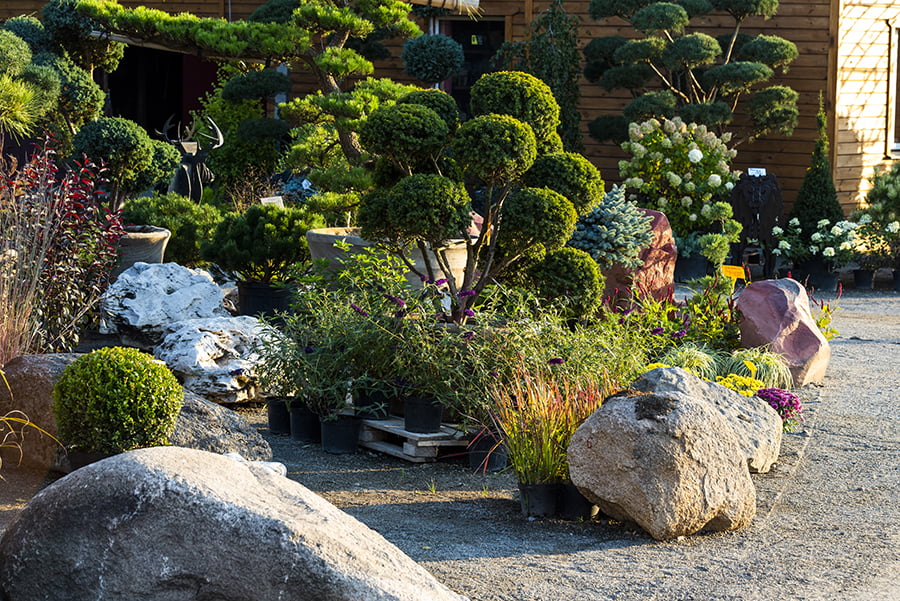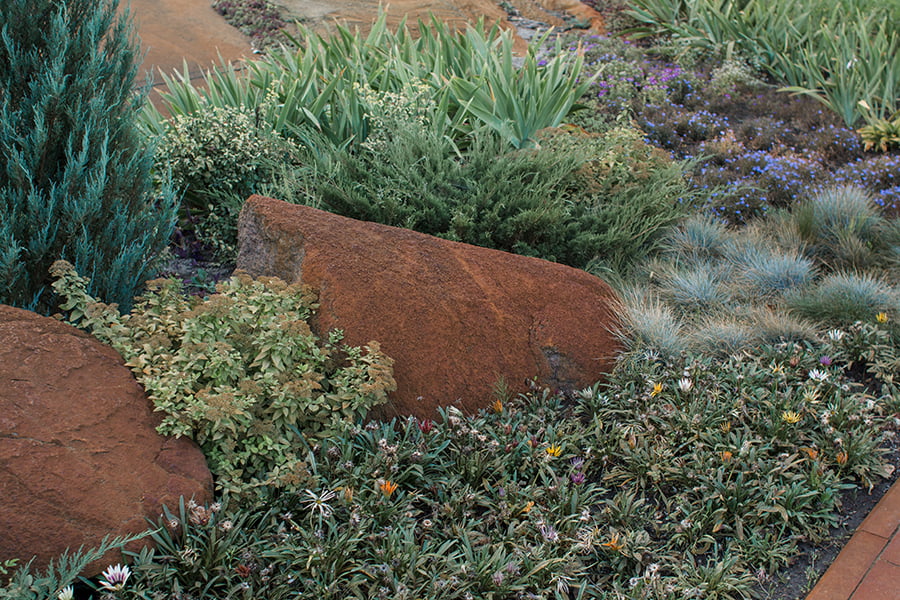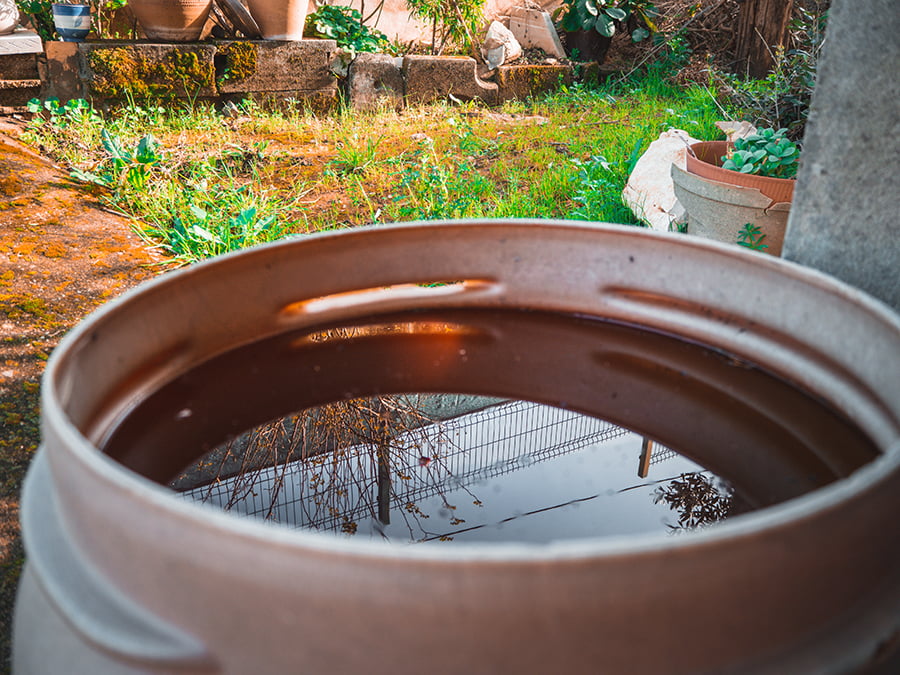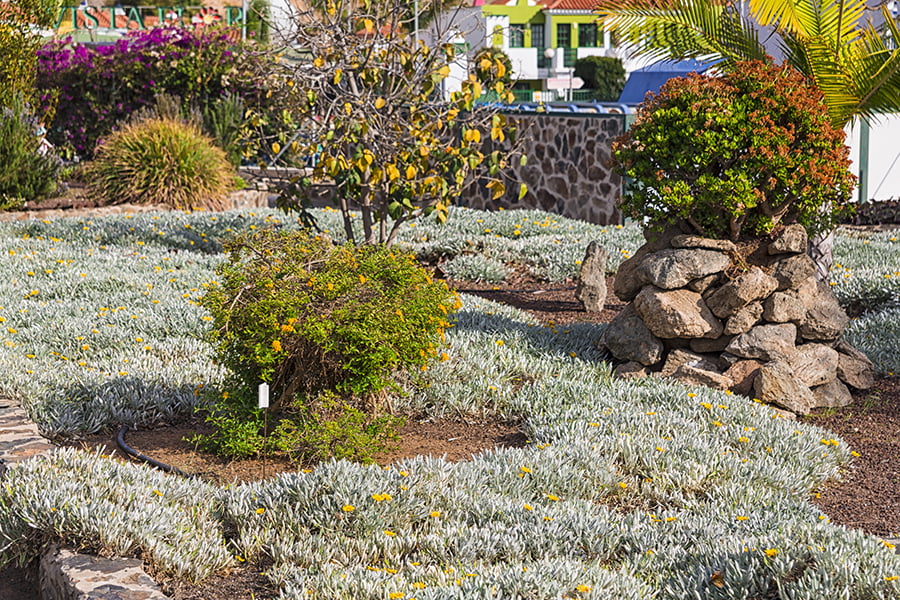The key principles of xeriscaping are water conservation, efficient irrigation, use of native and drought-tolerant plants, mulching, soil improvement, and creative design.
Xeriscaping is a form of landscaping that focuses on conserving water by using native plants and other water-wise gardening techniques. It’s an excellent way to reduce your water bill while still having a beautiful garden or yard.
But what are the key principles of xeriscaping? In this blog post, we’ll explore the fundamentals of xeriscaping and how you can use them in your own garden.
Water Conservation
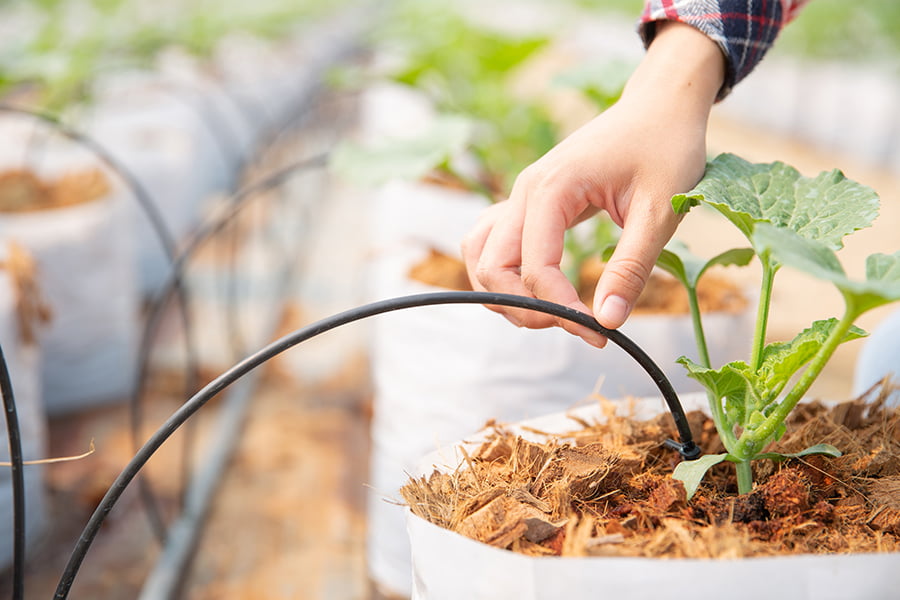
This involves using plants and landscaping techniques that require minimal water to maintain. This includes selecting drought-tolerant plants, such as native species, which are adapted to local climate conditions and require less water than non-native varieties.
Mulching around plants helps retain moisture in the soil and reduce evaporation from the sun’s heat. Other techniques include grouping plants with similar water needs together, using drip irrigation systems instead of sprinklers, and collecting rainwater for use in watering gardens or lawns.
By following these simple steps, it is possible to create a beautiful landscape while conserving precious resources like water.
Drought-tolerant Plants
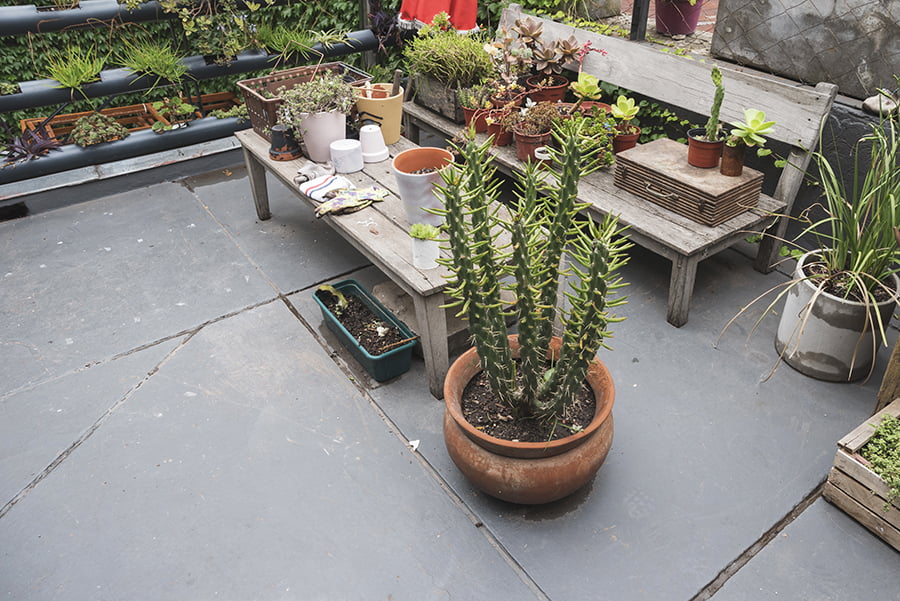
These plants are able to survive and thrive in dry conditions with minimal irrigation or supplemental watering. They have adapted over time to survive in arid climates, making them ideal for areas prone to drought or where water is scarce.
Drought-tolerant plants typically require less maintenance than other types of plants, as they can withstand long periods without water and still remain healthy. These plants often require less fertilizer and pesticides due to their hardy nature.
Examples of drought-tolerant plants include cacti, succulents, yucca, lavender, sagebrush and many more varieties that can be used in xeriscaping designs.
Native Plants
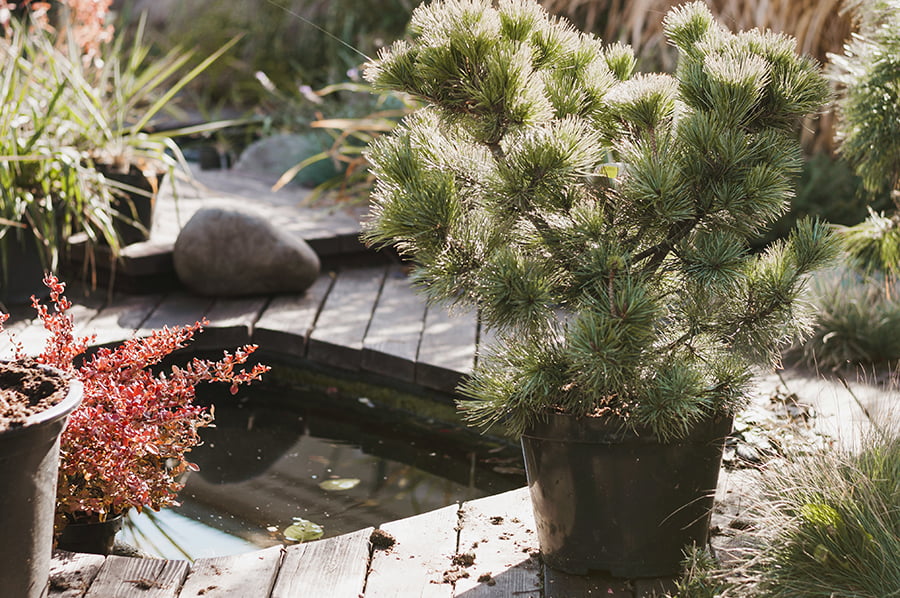
Native plants are those that naturally occur in the region and have adapted to local climate conditions, soil types, and other environmental factors. By using native plants, xeriscaping reduces the need for supplemental irrigation and helps conserve water resources.
Native plants also require less maintenance than non-native species since they are already adapted to their environment. Native plantings can provide habitat for wildlife such as birds and butterflies while creating an attractive landscape design.
Mulching
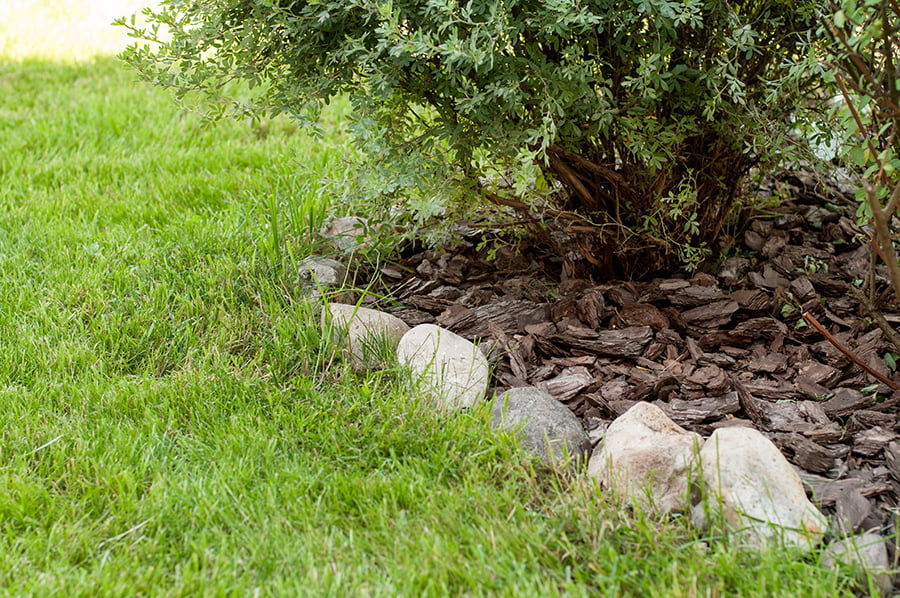
Mulching involves the use of organic or inorganic materials to cover the soil around plants. This helps to reduce evaporation from the soil, retain moisture, and keep weeds at bay.
It also helps to insulate plant roots from extreme temperatures and protect them from disease. Organic mulches such as wood chips or bark can provide nutrients for plants while inorganic mulches like gravel or stone can help reflect sunlight away from the soil surface.
When using mulch in xeriscaping, it’s important to choose a material that will not break down quickly so that it will last longer and require less frequent replacement.
Soil Improvement

It involves improving the quality of soil in order to reduce water usage and promote healthy plant growth. This can be done by adding organic matter such as compost or mulch, which helps retain moisture and improve drainage.
It is important to choose plants that are adapted to local conditions and require minimal irrigation. By doing this, the soil will be able to better absorb water when it rains or when irrigation is used, reducing the need for additional watering.
Regular maintenance such as aerating and topdressing with compost should also be performed in order to keep the soil healthy and productive over time.
Efficient Irrigation Systems
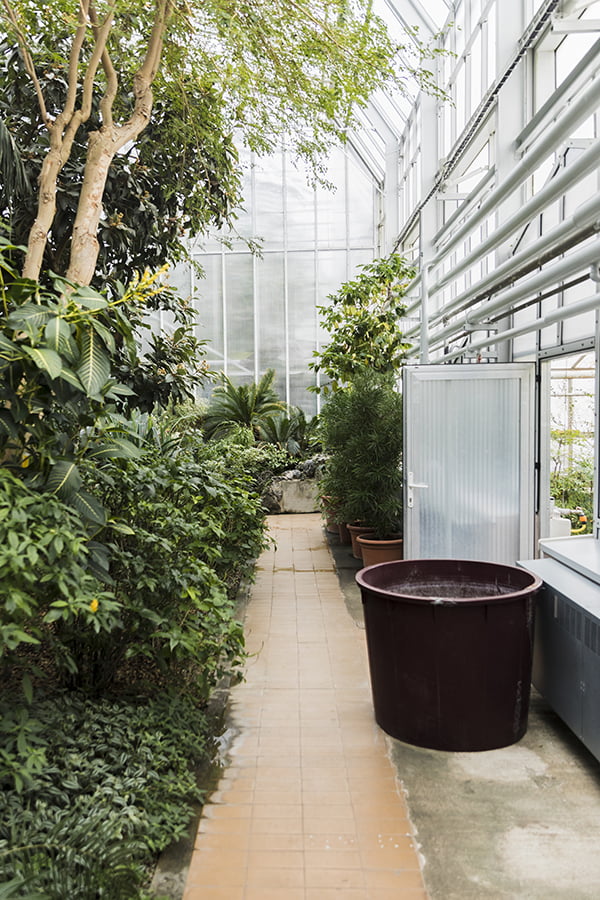
Xeriscaping is a type of landscaping that uses water-efficient techniques to reduce the need for supplemental water from irrigation. An efficient irrigation system helps to ensure that plants receive the right amount of water at the right time, while minimizing waste and runoff.
This can be achieved through various methods such as drip or micro-irrigation, rainwater harvesting, and mulching. Drip or micro-irrigation involves using low pressure emitters to deliver small amounts of water directly to plant roots with minimal evaporation loss.
Rainwater harvesting collects and stores rainwater for later use in irrigating plants during dry periods. Mulching helps retain moisture in soil by reducing evaporation and preventing weed growth which can compete with desirable plants for available moisture in the soil.
By utilizing these efficient irrigation systems, xeriscapers are able to conserve precious resources while still providing their landscape with adequate hydration throughout the year.
Terracing and Raised Beds for Water Runoff Control

Terracing involves creating sloped areas in the landscape to slow down and control runoff from rain or irrigation. This helps prevent erosion and allows for better absorption of water into the soil.
Raised beds involve building up soil around plants to create an elevated area where water can be collected and stored for later use. This helps conserve moisture in the soil, reducing the need for additional watering.
Both terracing and raised beds help reduce water usage while still providing a beautiful landscape design.
Grouping of Plants With Similar Water Needs Together
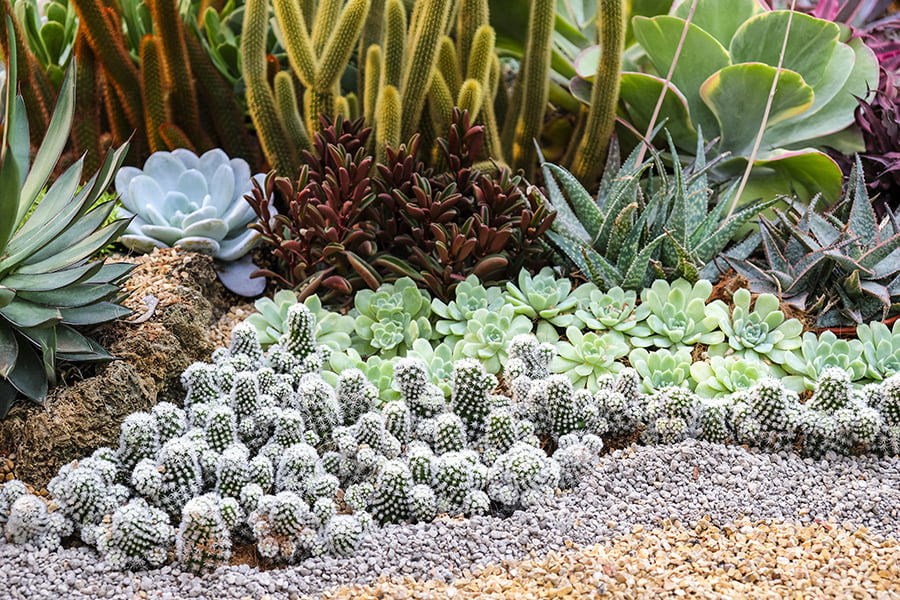
This means that when planning a garden, it is beneficial to group plants that require the same amount of water together in one area. Doing this helps ensure that each plant gets the right amount of water and prevents over-watering or under-watering certain areas.
It also allows for more efficient use of resources, as all plants in a given area can be watered at once instead of individually. Grouping plants with similar water needs together can help create a visually appealing landscape design by allowing for more creative combinations and arrangements than would otherwise be possible if all types of plants were mixed together indiscriminately.
Also interesting:
